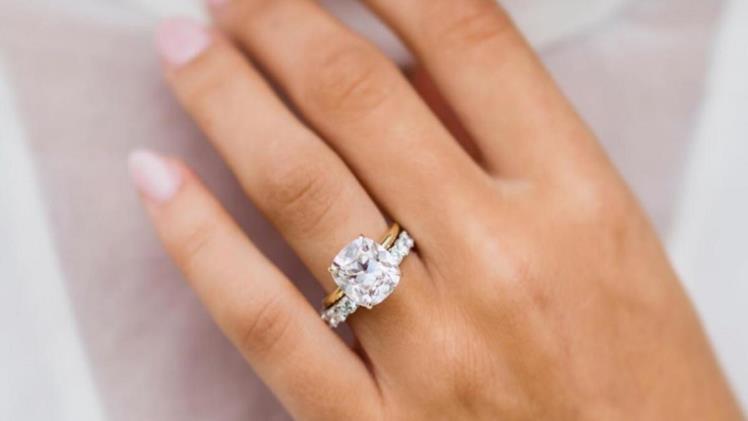Moissanite diamond are one of the most beautiful and luxurious types of diamonds available. Not only are they extremely affordable, but they also have a wide range of benefits that make them a top choice for jewelry. Besides their beauty, these diamonds offer some other advantages such as brilliance, heat resistance, and eco-friendliness.
Brilliance
The brilliance of moissanite can be hard to deny. This gemstone is a close replica of the diamond, but with a few differences. And, like the diamond, it can be cut in various ways.
There are two types of moissanites: the naturally occurring and the lab created. Most of the moissanites on the market today are lab grown. However, naturally occurring stones are very rare.
Moissanites are also known for their exceptional durability. Unlike other gemstones, they do not show the effects of wear and tear. They are also much cheaper than diamonds.
Moistsanite is made from a mineral called silicon carbide. Its refractive index is slightly higher than diamonds. This allows it to have more fire.
The round brilliant cut is the best for moissanite. The 58 facets allow light to bounce around the stone, and enhance its fire.
Heat resistance
If you are looking for a beautiful jewel with good durability and heat resistance, look no further than the Moissanite stone. Moissanite is the second hardest gemstone on earth. It can be seen in the Herschel Space Observatory and in ceramic brake discs for automobiles.
Moissanite has some unique qualities that set it apart from diamonds and other precious gems. First, it is less brittle and will withstand heat much better than its rival. Second, it has been fashioned to have minimal inclusions, which can often cause a jewel to crack. Finally, it has a refractive index that is slightly higher than a diamond.
Aside from its beauty, the Moissanite stone is also eco-friendly. The mixed carbon and silicon composition makes it less attracted to dirt. Another benefit is that it holds up to abrasions more effectively than many popular colored gemstones.
Colorless range
Moissanite is a gemstone that was first discovered in 1893. It is made from a naturally occurring mineral called silicon carbide.
There are two types of moissanite. One is a near-colorless diamond, and the other is an intense green or blue. The latter is known as a super premium.
These stones are typically very expensive. The price range starts at a few hundred dollars per carat. However, lab-created gemstones are usually cheaper than their natural counterparts.
Most moissanites on the market today are laboratory-created. They are similar to real diamonds, but they are less durable.
Diamonds, on the other hand, are the hardest mineral on earth. Besides being clear and bright, they are also very durable.
Because of this, they are extremely rare. To make matters worse, the price for a 5mm diamond could easily reach $1,000. And that’s not even mentioning the price of the skilled craftsman.
Less likely to attract grease or dirt
When you think of man made diamonds UK, you’re thinking of one of the most beautiful and hard stones on the planet. If you want to have a diamond, there are a few things you should know about its properties. The moissanite gemstone is a great option for jewelry. It has more brilliance than a diamond and is less likely to scratch.
Diamonds are a popular choice for engagement rings and other fine jewelry. They’re known for their elegant crystalline structure and dazzling brilliance. But the truth is, diamonds have a heavy carbon footprint.
Luckily, you can get a gemstone that has a lot of sparkle without a huge price tag. For example, moissanite is a lab-grown gem that is indistinguishable from real diamonds. And the best part? Moissanite has a lower carbon footprint than diamonds, making it an environmentally friendly alternative to the traditional diamond.
Eco-friendliness
In a world of ethically sourced jewelry, Moissanite is an eco-friendly alternative to diamonds. Lab-grown diamonds are also a great option, but lab-created gemstones are more expensive than natural diamonds.
Natural diamonds can be mined in several countries, but there are risks involved. Mining can disrupt ecosystems and the water supply. And, since diamonds are rigid, they can be used in industrial applications lifeline hospital.
The Kimberley Process was started to ensure that diamonds are not mined in conflict regions. But, even today, there are ethical issues surrounding the mining of diamonds.
Conclusion
For example, some mines employ workers in unsafe conditions. Other mines affect nearby wildlife and water sources bitsandboxes.
Moreover, lab-grown diamonds are not as valuable in the long term. As a result, they have less of an impact on the environment indian news.

